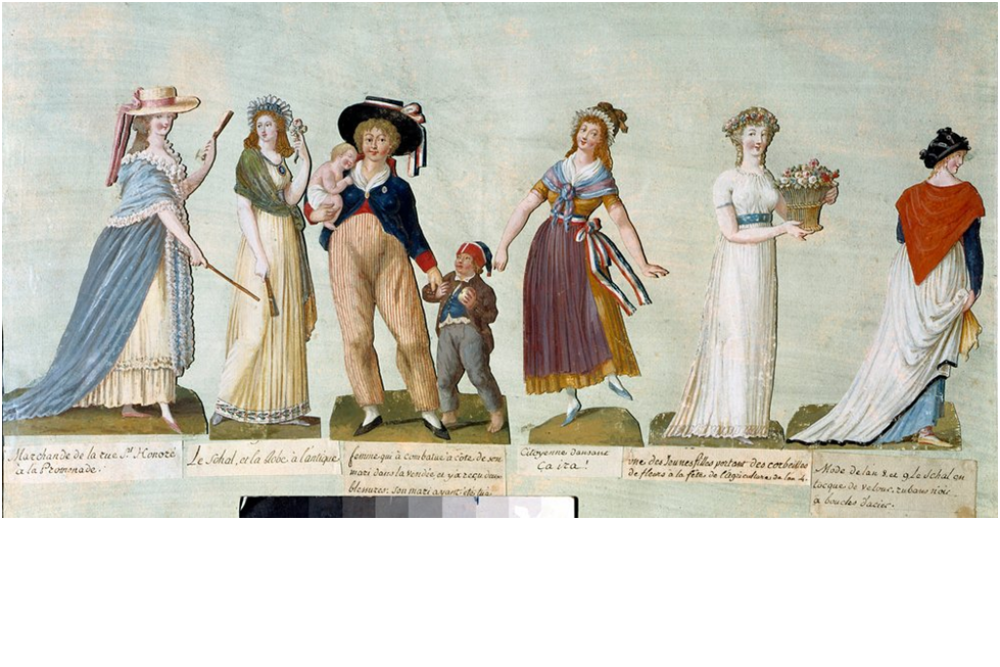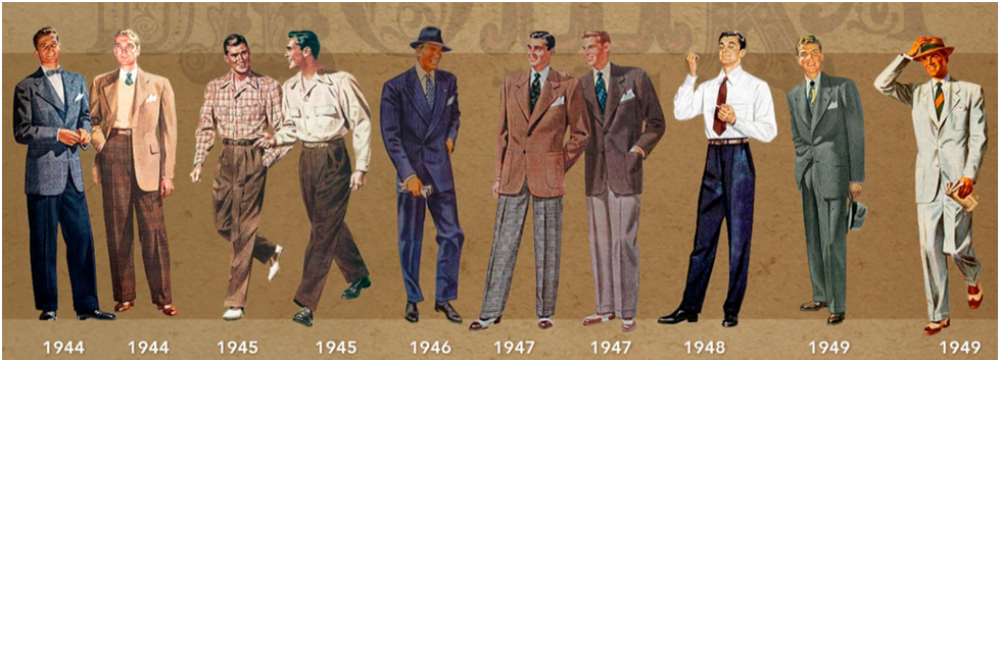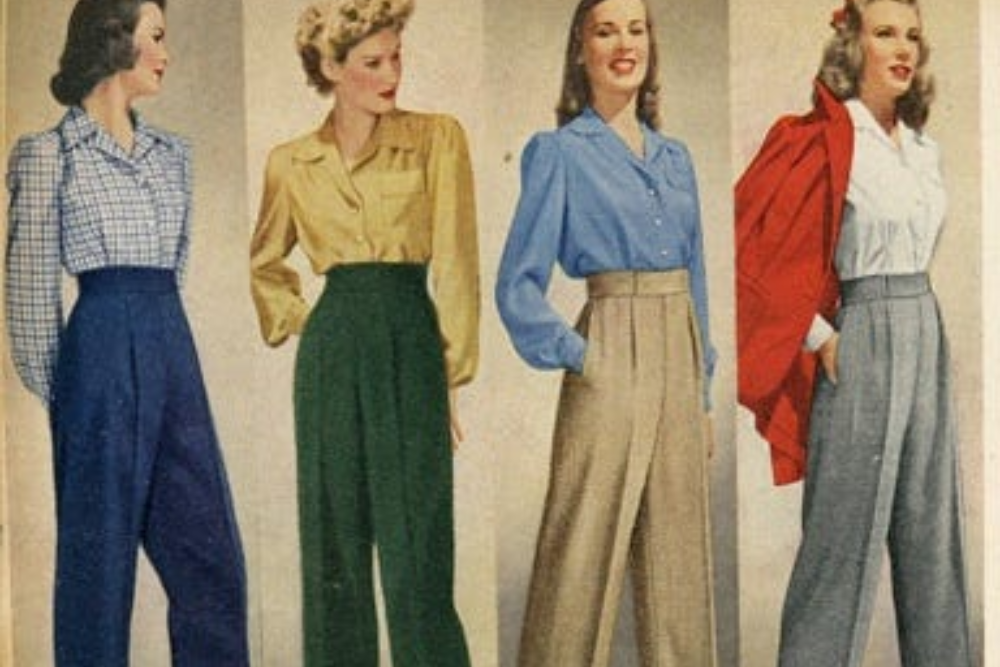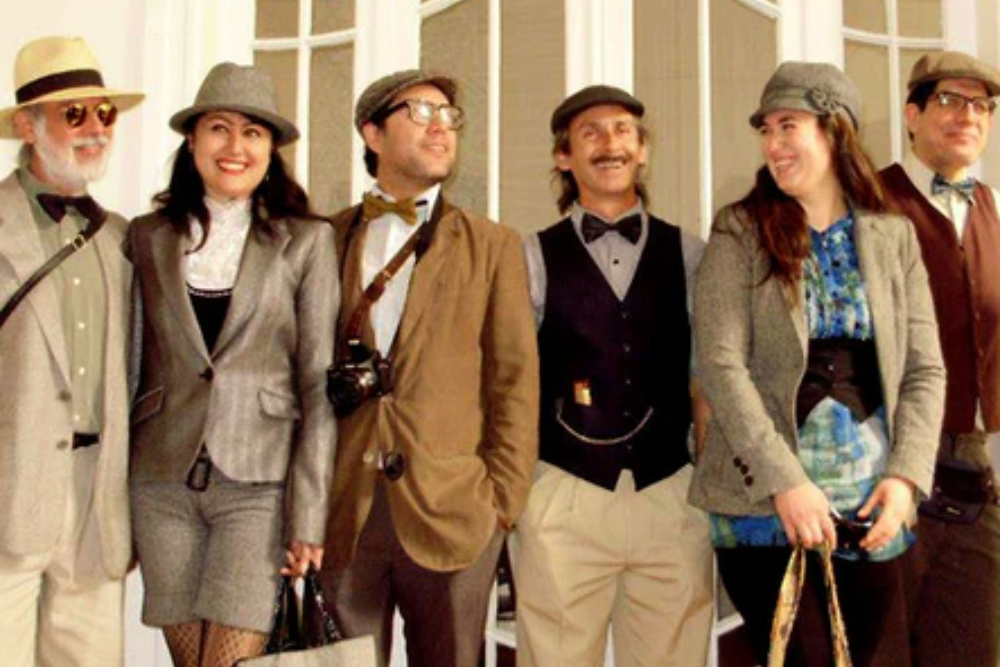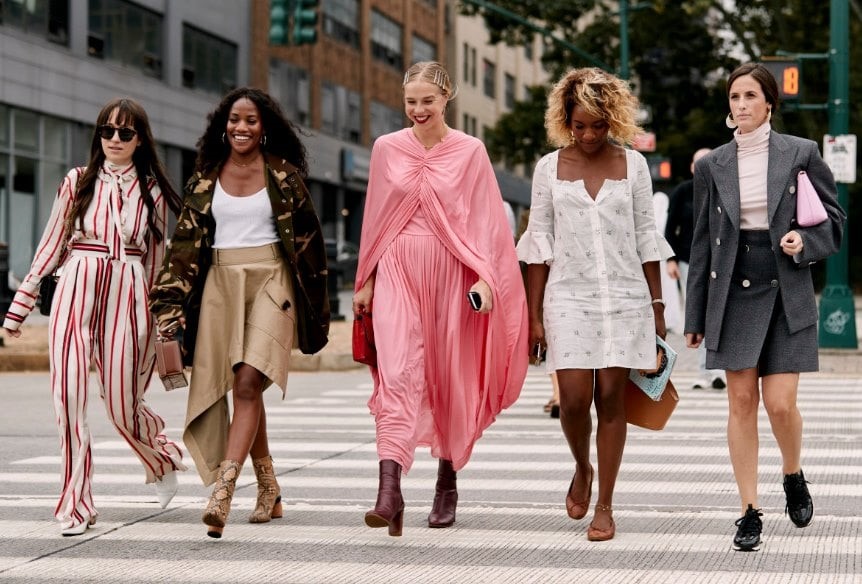Introduction
The French Revolution, which spanned from 1789 to 1799, was one of the most transformative periods in European history, marked by radical changes in politics, society, and culture. As the Revolution unfolded, it brought about not only the overthrow of the monarchy but also a complete upheaval in societal norms, including fashion. In pre-revolutionary France, fashion was a symbol of wealth, power, and aristocratic privilege, while during the Revolution, it became a tool for political expression, social identity, and a powerful symbol of the new republican values of liberty, equality, and fraternity.
This essay will explore the evolution of French fashion during the Revolution, from the extravagant styles of the Ancien Régime to the rise of more simplified, functional, and patriotic clothing. The Revolution’s political events and ideologies greatly impacted how people dressed, and the clothes worn during this period became charged with symbolism. The focus will be on key fashion trends and how they reflected both the social classes and the political climate of revolutionary France.
- Pre-Revolutionary Fashion: Aristocratic Excess
The Rococo Era: Extravagance and Excess
Before the Revolution, French fashion was characterized by opulence and excess, epitomized by the extravagant styles of the Rococo period. The French monarchy, led by Louis XVI and Marie Antoinette, were notorious for their lavish lifestyles, which included extravagant garments made of luxurious fabrics like silk, velvet, and brocade. Court dress was a key element of the aristocracy’s identity and was used to project status, wealth, and nobility.
For women, the pannier-style dresses, with their wide, bell-shaped skirts, were the height of fashion, often accompanied by large, elaborate wig styles and ornate lace accessories. For men, the tailcoat, breeches, and powdered wigs were typical of the aristocratic dress code, signaling high social standing.
Marie Antoinette, as the queen, was known for her extravagant fashion choices, even as her country faced significant financial strain. Her court gowns were typically decorated with precious jewels, lace, and ribbons, and she popularized the “chemise à la reine”, a simple muslin gown that would later be associated with the beginning of the Revolution.
However, as the Revolution approached, public sentiment towards the monarchy and aristocracy grew increasingly hostile. The lavishness of court dress became a symbol of the excesses of the ruling class, leading to resentment among the common people who struggled to survive under harsh economic conditions.
- The Early Stages of the Revolution: Shift in Fashion
The Role of Fashion in Political Identity
As the Revolution began in the late 18th century, fashion became a clear reflection of the political shift occurring in France. The nobility’s extravagant attire came under scrutiny as the ideals of egalitarianism and liberty gained prominence. In this environment, fashion became a tool of political expression—those who aligned themselves with the revolutionary cause adopted clothing that was more modest, practical, and aligned with the values of the Republic.
The Revolution was not just a political struggle but also a social revolution. Fashion became a way for individuals to signal their political leanings. For example, the bourgeoisie and working-class revolutionaries adopted simpler, more functional clothing to distance themselves from the opulence of the aristocracy.
One of the key symbols of revolutionary fashion was the red, white, and blue tricolor cockade—a small, circular pin made from ribbons of the national colors. It was worn by revolutionaries as a badge of patriotism and support for the ideals of the Revolution. These cockades were worn by radical groups such as the Sans-Culottes, a politically active working-class group that played a crucial role in the Revolution.
The Sans-Culottes: Emblematic Revolutionary Fashion
The Sans-Culottes were a key group during the Revolution, and their fashion choices were deliberately designed to symbolize revolutionary values and the rejection of aristocratic excess. The name “Sans-Culottes” translates to “without breeches,” signifying their refusal to wear the tight-fitting breeches of the aristocracy. Instead, they favored the more comfortable, practical pantaloons or trousers. This choice was symbolic of their rejection of the privileged classes and a call for equality.
The Sans-Culottes typically wore simple, working-class clothes such as waistcoats, long trousers, and shirts made of durable fabrics. In addition to the tricolor cockade, they also wore other symbols of the Revolution, such as the Phrygian cap—a conical hat that was associated with freedom and liberty. This cap became an emblem of the revolutionary spirit, and it was worn by both men and women to show solidarity with the Revolution’s ideals.
- The Influence of Revolutionary Ideals on Fashion
The Simplicity of Revolutionary Dress
The revolutionary period was marked by a distinct shift in the style of clothing worn by both men and women. As the Revolution’s values of egalitarianism and simplicity took hold, fashion became more functional and modest. The opulence and extravagance of the pre-revolutionary court gave way to simpler, more practical garments.
For men, the tailcoat of the ancien régime was replaced by more straightforward coats with flared tails and fitted waistlines. Breeches were abandoned in favor of trousers, a symbol of the common people. These trousers were practical for the working class and conveyed a sense of democracy and equality.
Women’s fashion also became more streamlined. The large, structured dresses of the ancien régime were replaced by more natural waistlines and looser fabrics, reflecting a sense of freedom and comfort. The chemise à la reine, a simple muslin gown that Marie Antoinette had worn earlier, became a symbol of the new fashion. It was worn by women seeking a more natural, unadorned look that reflected the values of the Revolution.
In the late 18th century, the French Revolution also inspired a movement toward classical dress. Revolutionary women began to adopt classical Greek and Roman styles, which were seen as more democratic and egalitarian. Simple column dresses made of lightweight cotton and muslin became fashionable, emphasizing comfort and freedom over wealth and ornamentation.
- Fashion Under the Reign of Terror: Radicalism and Uniformity
Radical Fashion for Radical Times
During the Reign of Terror (1793-1794), the revolutionary government led by figures like Maximilien Robespierre and Georges Danton sought to impose order on the chaos of the Revolution. The Reign of Terror was marked by extreme violence and repression, as the revolutionaries sought to eliminate all counter-revolutionary elements. During this period, uniformity and simplicity were emphasized in fashion as a way to promote solidarity and suppress any symbols of excess or aristocratic privilege.
Women wore simpler, more practical dresses with high waistlines—a reflection of classical Greek and Roman styles. The emphasis was on comfort and mobility rather than decorative flourishes. The ideal of liberation was embodied in gowns that allowed freedom of movement, signaling a break from the heavily structured and restrictive clothing of the past.
Meanwhile, men’s fashion became even more uniform, with the adoption of the revolutionary cockade, red sashes, and blue and white fabrics symbolizing the nation’s tricolor flag. The simplicity of dress was in line with the egalitarian ideals of the Revolution, where the focus was on the individual’s contribution to society rather than outward displays of wealth.
- Post-Revolutionary Fashion: The Emergence of the Empire Style
The Rise of the Empire Waistline
After the Revolution, France underwent a period of political and social consolidation, leading to the rise of Napoleon Bonaparte as ruler. Fashion during the post-Revolutionary period was characterized by a return to more neoclassical ideals, which emphasized a renewed interest in ancient Greek and Roman aesthetics.
Women’s fashion during the early 19th century was heavily influenced by classical dress, with the Empire waistline becoming a defining feature. The Empire dress featured a high waistline just below the bust, which gave the wearer a long, flowing silhouette reminiscent of ancient Greek and Roman styles. This shift was seen as a symbolic rejection of the more rigid, structured garments of the ancien régime and a continuation of the natural, liberated style that emerged during the Revolution.
Napoleon’s wife, Josephine Bonaparte, became a fashion icon, popularizing the Empire-style gown among the women of Europe. The dresses, often made of light muslin and cotton, were simple yet elegant, and they marked a return to minimalism after the excesses of the past.

